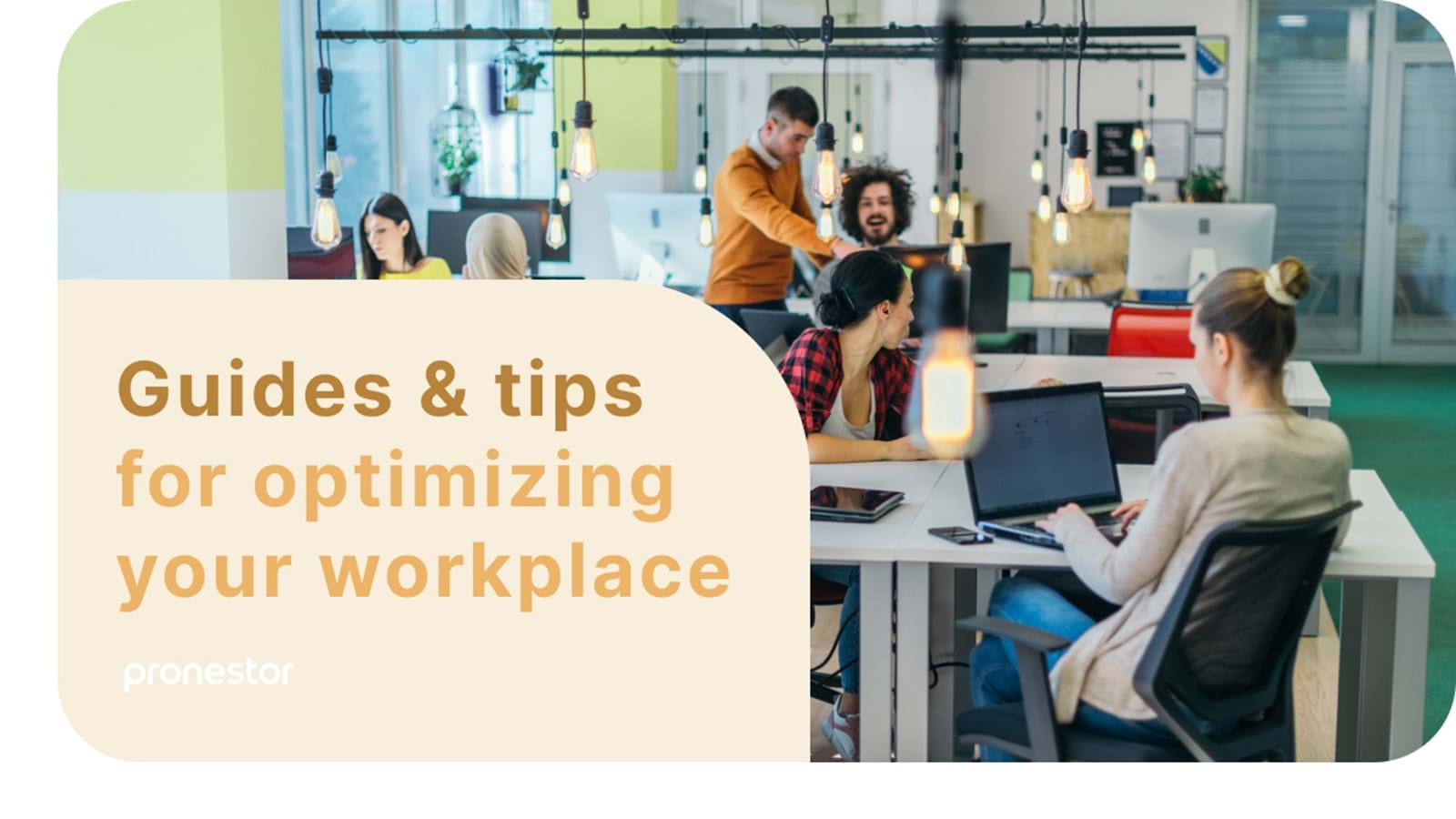September 29, 2021
— Kasper Ullits (CPO/Founder)
The future is sharing
Coworking spaces, shared offices, flexible workspaces, office hotels. No matter the name, the concept of sharing facilities with other tenants – one-person companies or small, medium-sized or large businesses – is here to stay. In fact, it’s on the rise.
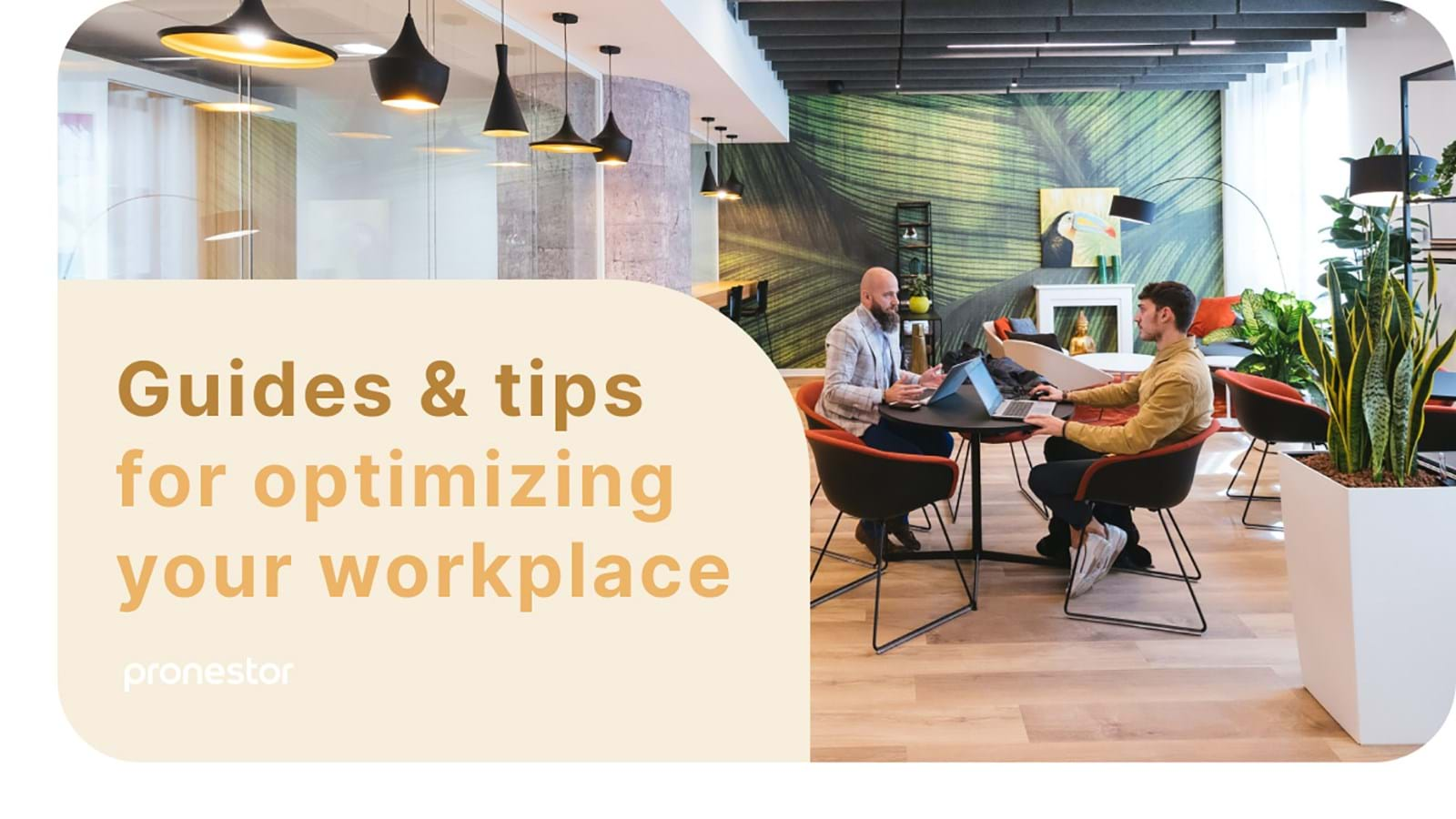
Note: Currently, we only have English versions but we are working hard on translating and making it relevant for your country. Thanks for your patience and enjoy!
The concept, which involves office spaces offering a variety of amenities and access to numerous working solutions, has traditionally been most popular among small businesses and startups in need of affordable office options and places to work outside the home. But shared offices have also caught the attention of larger companies, as the strength of the concept is not purely restrained to affordability; in fact, companies have found that both business and human capital flourish in this innovative approach to work.
Particularly in the aftermath of the COVID-19 pandemic, the demand for flexible workspaces has grown, as both flexibility for employees and resource utilization for businesses has gained increased importance.
At Pronestor, we feel this demand, and many of our clients turn to us for advice on how to create the best framework for a functional, thriving and innovative shared office – the office arrangement of the future.
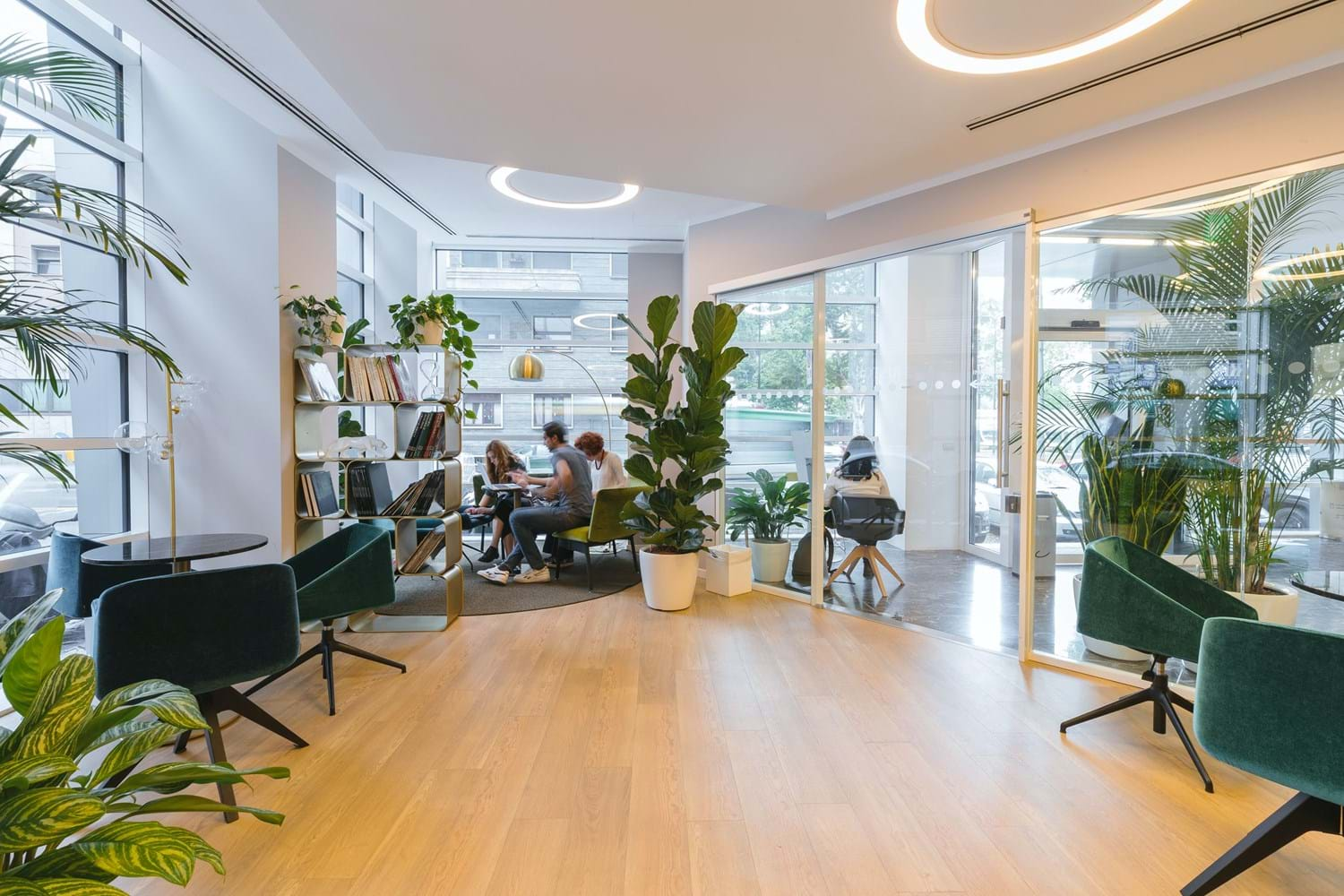
The business point of view
Sharing facilities, meeting rooms, equipment and services is a way to spread the cost of running an office across multiple tenants.
This is attractive particularly for smaller businesses, but also growing businesses enjoy the flexibility of the shared office as it, among other factors, allows them to expand into new areas without taking on the risk of a long-term lease.
With the onset of the pandemic, our traditional understanding of office space utilization was challenged, solidifying space sharing as a desirable workspace solution – also for larger businesses.
Many of these are currently transitioning to a hybrid work model where employees shuffle between working in the office, working from home, and working from anywhere, leaving a surplus of unused office space that companies are looking to utilize in other and smarter ways.
Some will go for the downsizing option, while others will go for the sharing resources option, the latter supporting the exact strategy of shifting toward a more flexible way of working.

The employee point of view
Not only did the pandemic force companies to think otherwise of their office space, but it also orchestrated somewhat of a power shift between employers and employees.
As employees suddenly had to work from home on a daily basis, the flexibility and individual freedom provided by this work arrangement became apparent – to the extent that employees now, when returning to the office, demand that same flexibility and autonomy in how and where they work.
To meet this demand and to support this new style of working, companies are faced with having to transform their traditional office and reimagine it through introducing design features that encourage more teamwork, innovation and creativity – and that could also include moving away from a traditional office design with fixed desks.
For many employees, this alteration will prove profitable.
Because, in fact, traditional office settings are not tailored to meet the individual needs of employees, and many employees find it challenging to produce their best work in an environment full of distractions.
A coworking space, on the other hand, is designed to foster creativity, collaboration, and focus, offering unique opportunities to ideate, solve problems and share knowledge with others. It allows for all employees to thrive, as it provides the opportunity for the individual to define the workspace that suits her/him best – be it open, common spaces for energy and inspiration or quiet rooms and zones for immersion and focus.
The modern coworking space has thus moved away from the conventional understanding of it as a creative environment for smaller companies and startups; it is now a flexible office and collaboration hub designed to serve companies of all sizes.
How to manage a coworking space
This new way of working brings with it new circumstances to consider. While an attractive solution for many companies, running a shared office – and helping it thrive – takes resources and management.
As many different tenants share resources, there must be procedures in place for meeting room and desk booking, visitor management and the following invoicing of the respective tenants.
In this sense, the right technology is crucial for successfully running a shared office and creating the best experience for both tenants and visitors, as it can save and free up time so that tenants can focus on their actual work, provide real-time insights and facilitate everyday life in the shared office.
This is where Pronestor’s workplace management software comes in handy.
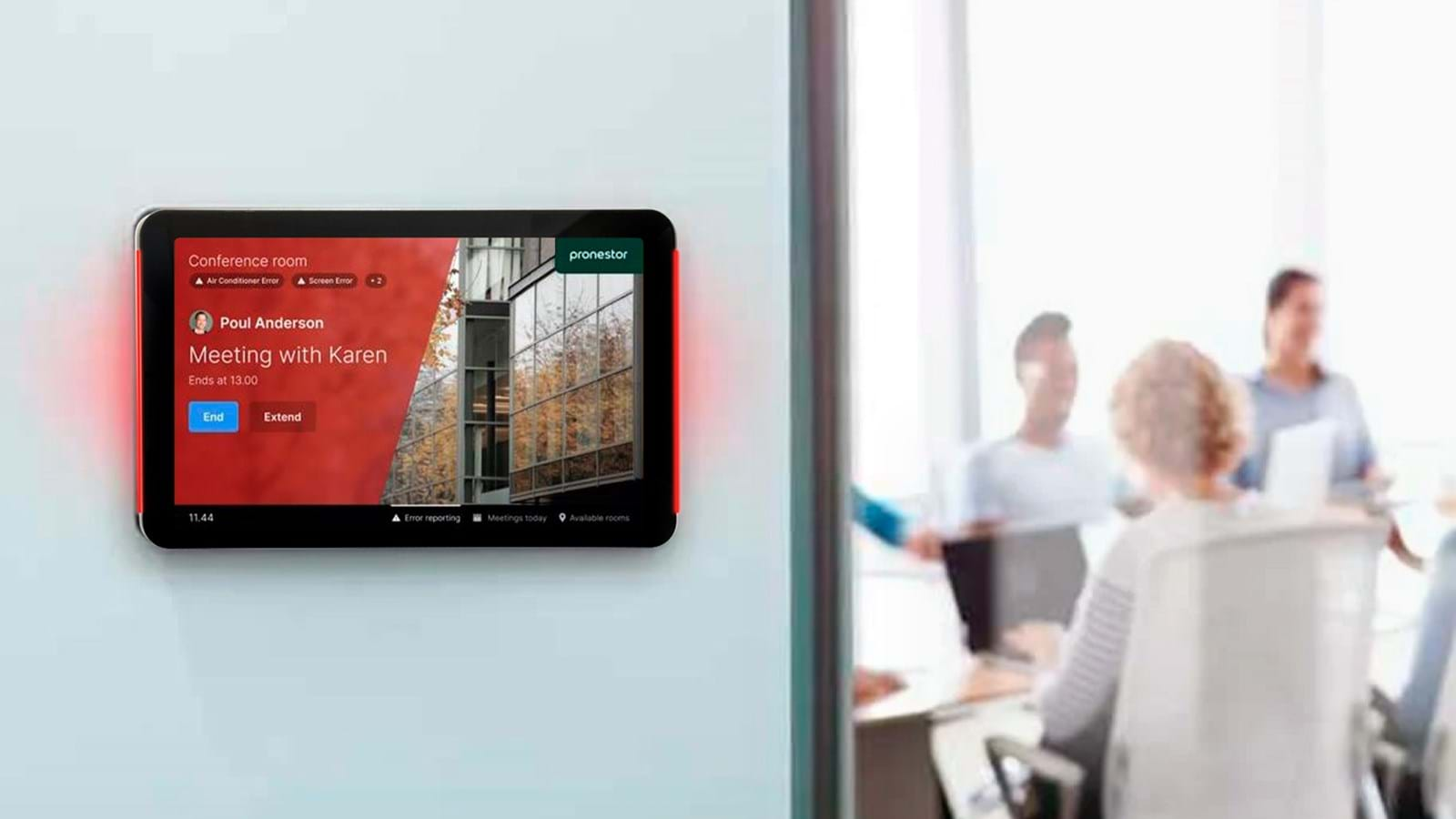
Meeting room booking
With Pronestor’s meeting room booking system, Pronestor Planner, companies adapting to a coworking approach will have a valuable tool on their hands which reduces friction and makes meeting room booking a breeze.
A system like this, applicable to all tenants and companies in a coworking space, assists tenants in finding a meeting room with the right equipment and size for their meeting, it helps avoid double-bookings and it saves considerable time for both meeting organizers, office managers and other parties involved in meeting room management, e.g. kitchen and accounts department.
Further, it provides an overview of meeting room utilization per tenant/company and it offers full disclosure, meaning that tenants are not able to see the details of other tenants’ meetings.
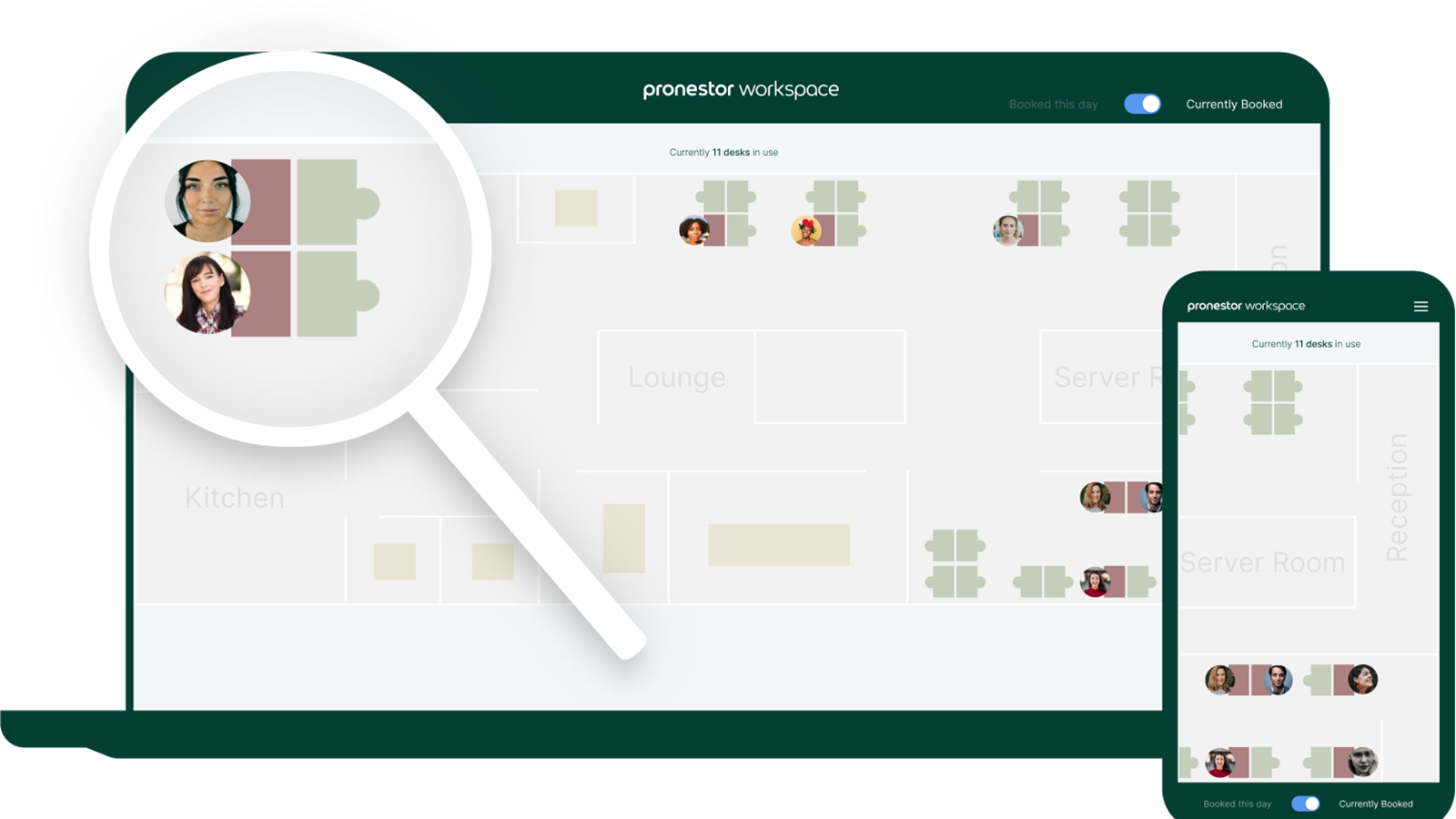
Desk booking software
Desk booking software removes the challenge of space management in a shared office – both from an employee point of view, but also from that of management.
Pronestor’s desk booking system, Pronestor Workspace, allows employees to book a desk for the day or the week within their own company, giving them the security of knowing that there is a desk assigned for them when they come into the office. It also gives them an overview of who is in the office so they can plan their work day or week according to that of their colleagues’.
Further, desk booking software is a brilliant tool for supporting activity-based working, as it enables employees to choose freely between available desks that offer the attributes they need to perform their work or that are located in office zones that support the type of work they are to perform on a given day – positively impacting the job satisfaction of the individual employee and resulting in higher productivity.
Desk booking software is equally attractive for the management of each company, giving complete visibility of where everyone is sitting and who is working together, thus allowing insights into the utilization of office facilities within each company in the coworking space. And in these times of hybrid working, rarely all employees come to the office at the same time, for which reason a desk booking system is a useful tool to let management know who's in the office and when.
Finally, as we’ve learned from this past one and a half year of COVID-19, it’s important to manage capacity and distance in the office – both as a preventive and reactive measure. With a desk booking system, management will be able to manage capacity, enforce social distancing and finally and perform contact tracing in case of illness in the shared office.
The office arrangement of the future?
As we’ve also discussed it in previous blog articles, businesses all over the world are trying to navigate in a new era of working.
It’s untouched territory for all of us, but what we know is that flexibility is key to empowering tomorrow’s world at work and that, consequently, the office as we once knew it is undergoing a transformation.
As a result, it is our belief that coworking spaces are on the rise as they offer this exact flexibility for employees while also benefiting managements who are looking to meet the wishes of their employees while also bringing them into a physical office.
*Sources:
https://www.yardikube.com/blog/office-hoteling-workspace-needs/
https://allwork.space/2021/03/coworking-is-the-new-normal-and-these-stats-prove-itt/
https://thriveglobal.com/stories/4-reasons-why-coworking-is-on-the-rise/ https://www.reuters.com/brandfeatures/cbre/workplace
https://www.spacestoplaces.co.uk/blog/the-rise-of-the-flexible-workspace-industry-spaces-to-places https://www.mindtools.com/pages/article/hot-desking.htm
